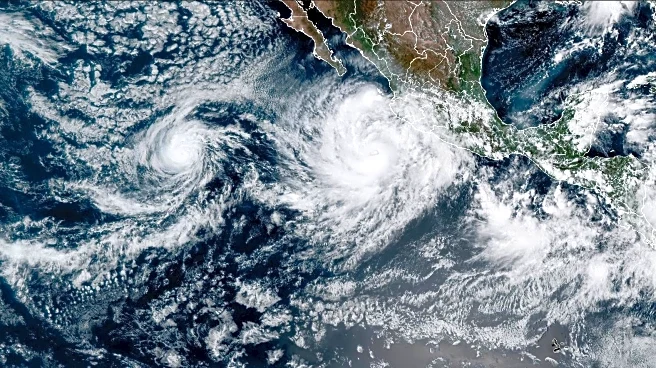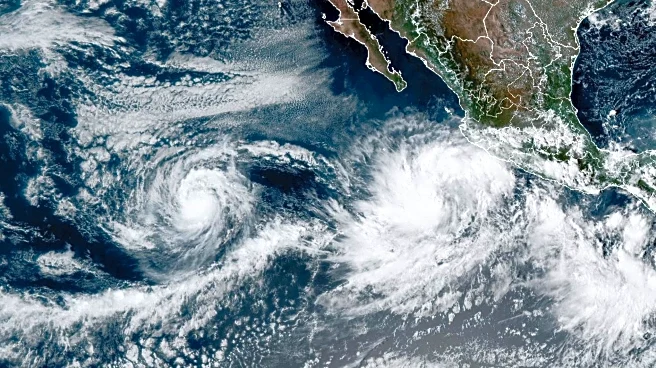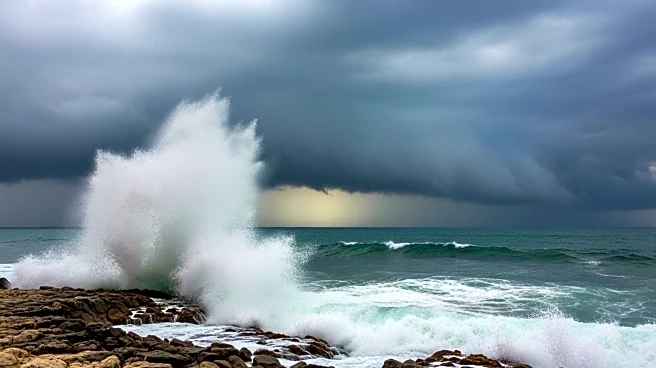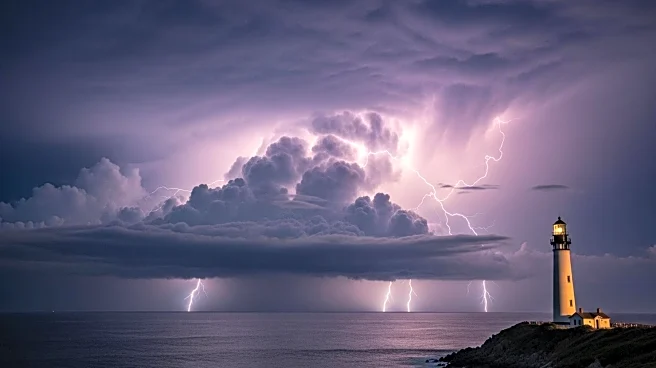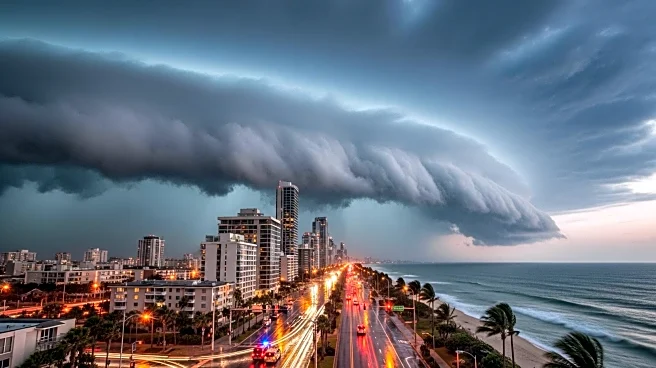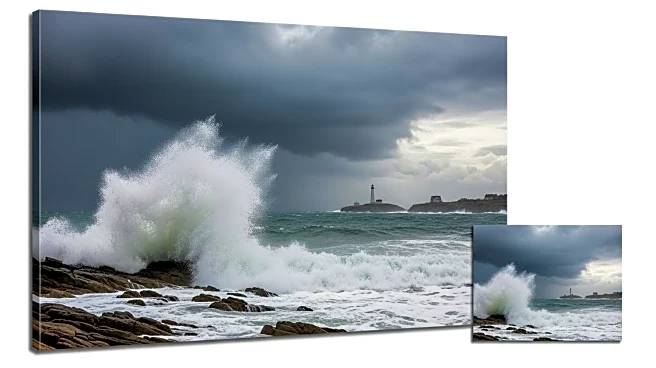What's Happening?
Hurricane Priscilla has developed in the Pacific Ocean, located approximately 290 miles south-southwest of Cabo Corrientes, Mexico. The National Hurricane Center reports that Priscilla's maximum sustained winds have reached 75 mph, classifying it as a hurricane. The storm is moving north-northwest at a speed of 3 mph. A tropical storm watch has been issued for parts of the southwestern Mexican coast, with expectations of heavy rainfall and gusty winds affecting the region. Priscilla is forecasted to move parallel to the coast in the coming days. Additionally, another storm named Octave has also become a hurricane, although it is situated far from land and is not expected to make landfall.
Why It's Important?
The formation of Hurricane Priscilla poses a significant threat to the southwestern coast of Mexico, with potential impacts including heavy rainfall, strong winds, and dangerous surf conditions. These weather conditions could lead to flooding and disruptions in the affected areas. The issuance of a tropical storm watch indicates the need for preparedness among coastal communities. The development of such storms is a reminder of the ongoing challenges posed by severe weather events, which can have substantial economic and social impacts, particularly in vulnerable regions. The situation also highlights the importance of timely weather forecasting and emergency response planning.
What's Next?
As Hurricane Priscilla continues to move parallel to the Mexican coast, authorities and residents in the affected areas are likely to monitor the storm's progress closely. Emergency services may be on alert to respond to any potential flooding or damage caused by the storm. The National Hurricane Center will continue to provide updates on Priscilla's trajectory and intensity. Meanwhile, the impact of Hurricane Octave, which is not expected to make landfall, will be monitored for any changes in its path or strength.

